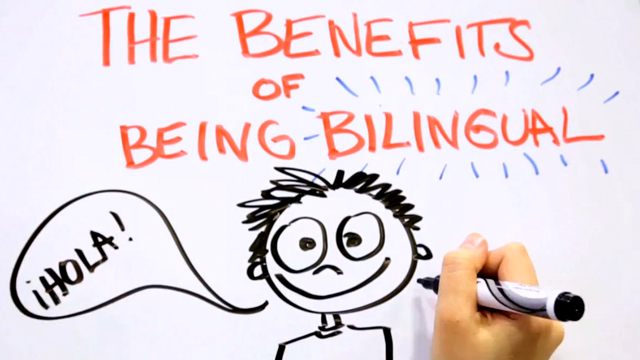#210 - Bilingual Benefits

References: Bialystok, E., & Martin, M. M. (2004). Attention and inhibition in bilingual children: Evidence from the dimensional change card sort task. Developmental science, 7(3), 325-339.
Written by Mara Rowcliffe, MS.


 Give to Florida Tech
Give to Florida Tech 